Leica I Mod. A 'Elmax'
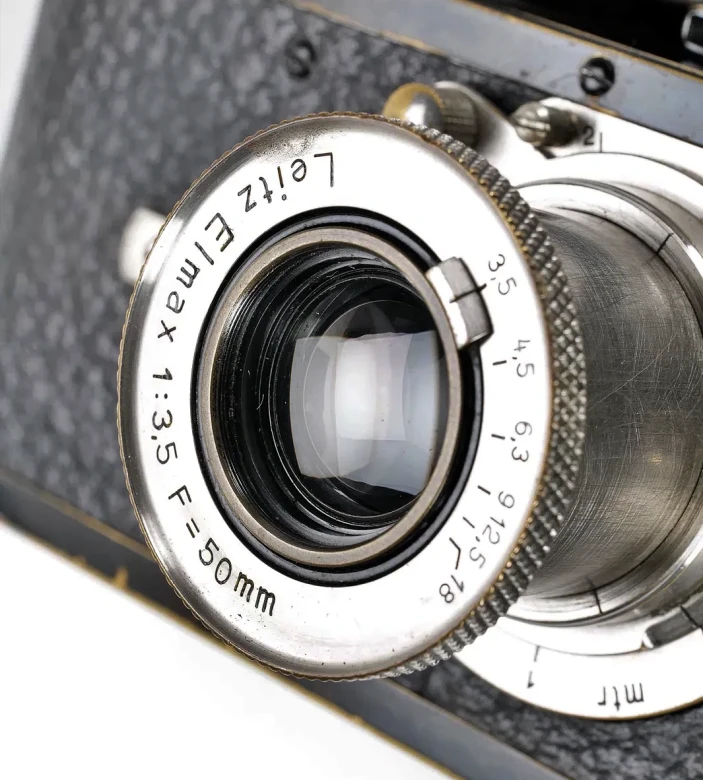
The Leica I Mod. A is a milestone in the history of the LEITZ company and German camera history. Exactly 100 years ago, this camera, the world's first 35mm camera for normal cinema film, finally made the name E. LEITZ world-famous.
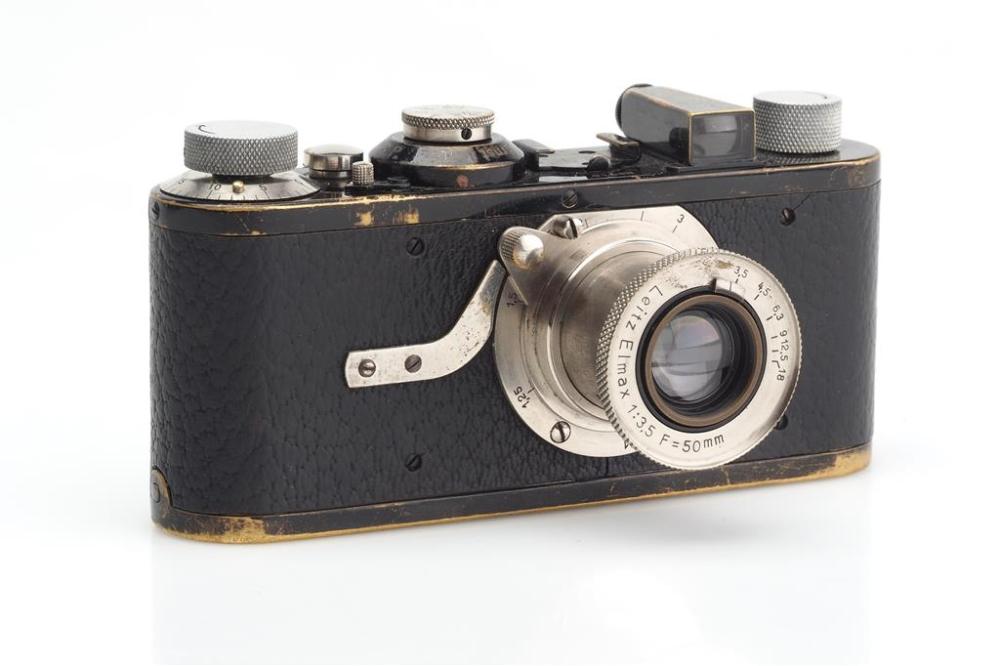
The models with Anastigmat and Elmax lenses were the starting point for the success of 35mm photography and have been described as the "most historic"(1) of all Leica cameras. They can be recognised by the hockey-stick or boomerang-style infinity shutter spring, the Anastigmat lens or the still five-element 'Elmax' lens construction with a speed of 1:3.5. Up to #600 or #650 the frame counter dial was engraved with '40/0' and the film winding was equipped with a ratchet mechanism. Other features of the early cameras are a short 'R/A' lever, a flat eyepiece on the finder and a lens barrel with a datum line.
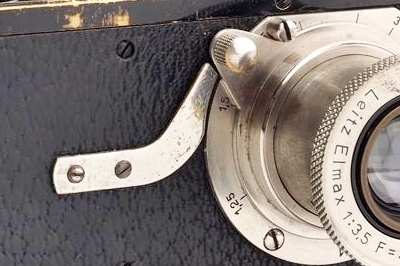
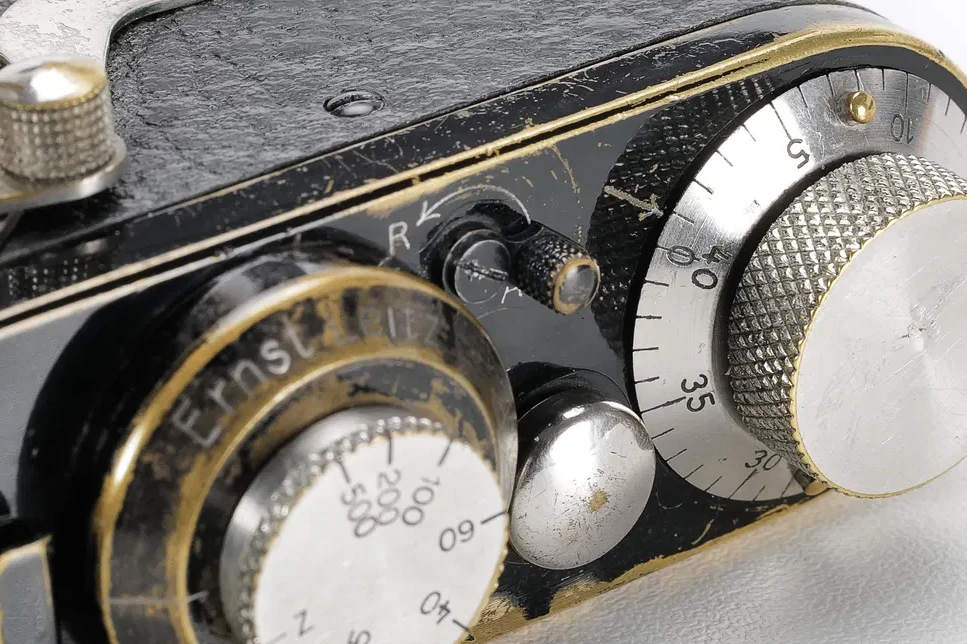
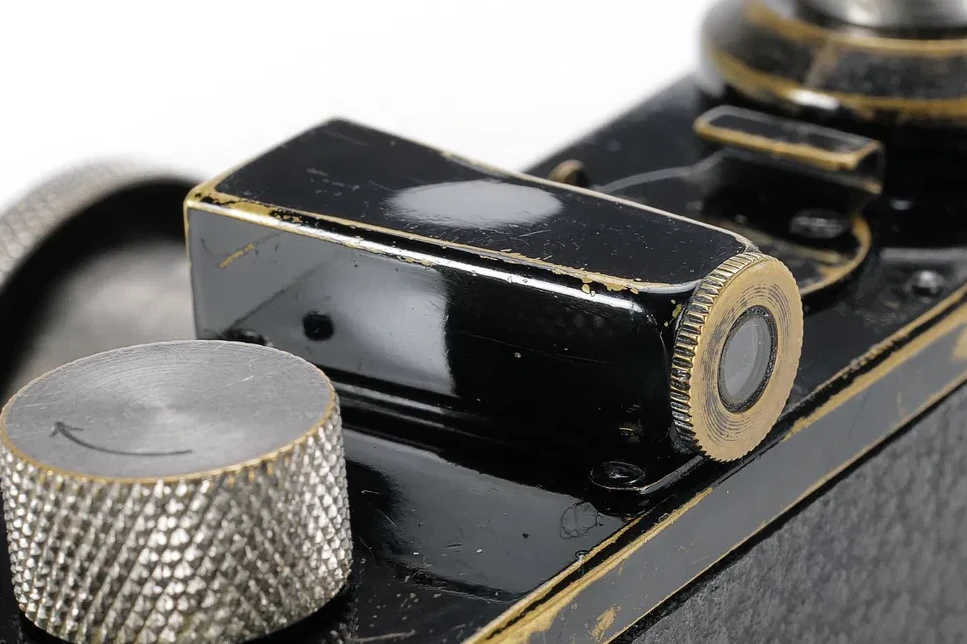
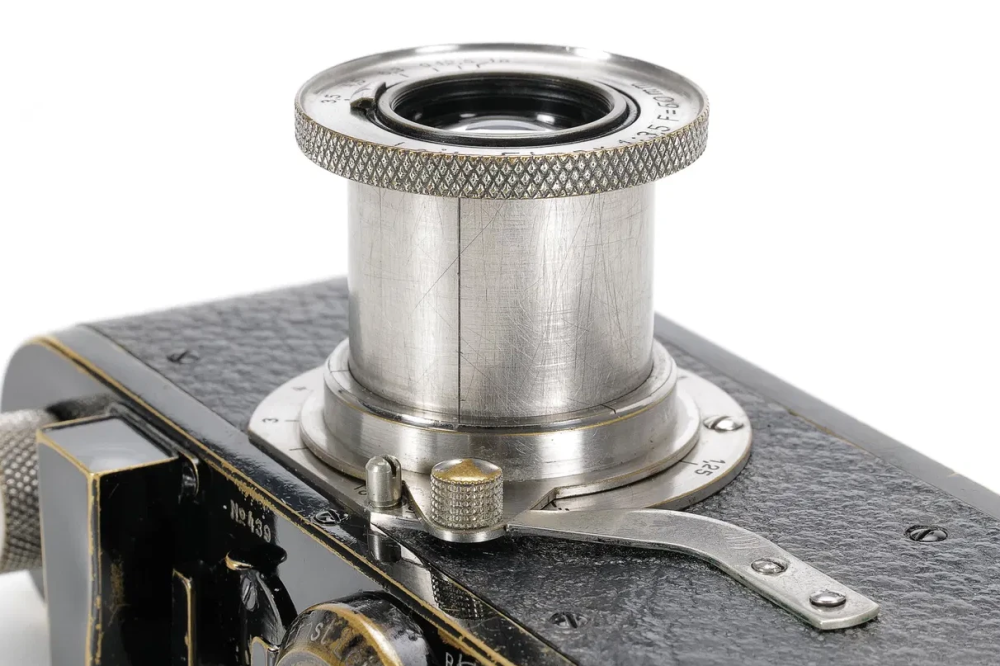
In the autumn of 1925, something unexpected happened. The name of the 3,5/50mm lens 'ELMAX' - made up of the initials of the company E. LEITZ 'EL' and the first name of its designer Max Berek 'MAX' - had to be changed because another camera manufacturer, the company 'ERNEMANN' in Dresden, had already registered the name 'ERMAX' for their own lens and feared the risk of confusion. Long before 1925, the ERNEMANN company was already one of the leading manufacturers of film cameras and lenses for cinema film, and in 1923 it had launched a handy amateur film camera called the 'KINETTE', which also enabled single frames to be taken with the aid of an attachable shutter.
ERNEMANN also entered the market for cameras with cinema film and in 1925 launched the 'UNETTE' and 'BOBETTE 1' models for 18x24mm (later 22x33mm). Both cameras used a proprietary 35 mm wide roll film with backing paper that produced 24 images, had weaker lenses and a conventional box or spread camera design and stayed in production until app. 1929.
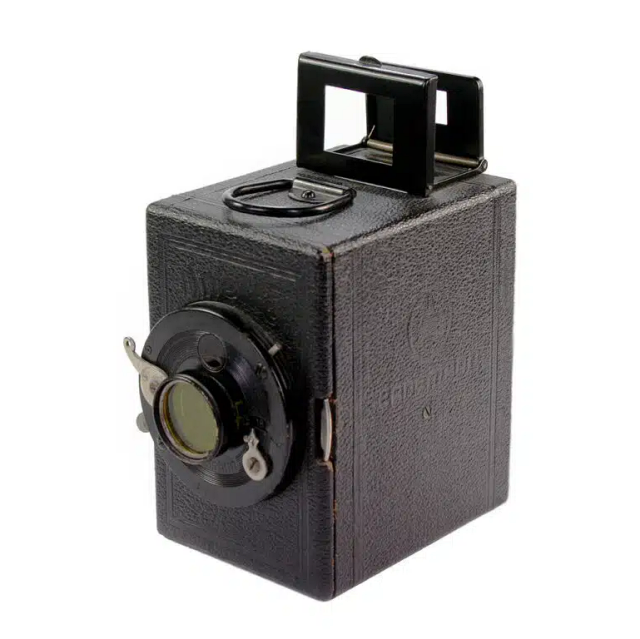
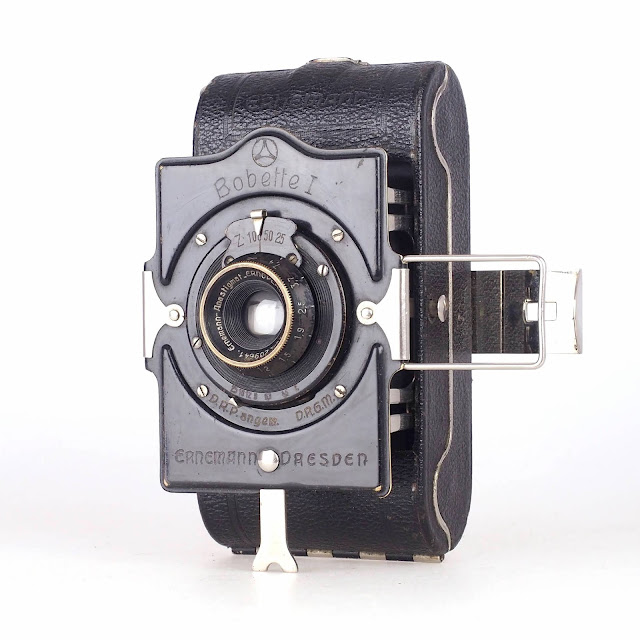
Ernemann UNETTE Ernemann BOBETTE 1
Both of them had been in direct competition with E. LEITZ and the Leica I Mod. A, which had a more modern product philosophy with its radical new design and a fast lens.
In October 1925, the LEITZ company decided to change the name from 'ELMAX' to 'ELMAR' and immediately had this name protected. The ending '...AR' was popular amongst lens manufacturers of that time as more than 90 different lenses had names ending on '...AR' (2).
The LEITZ company seems to have been uncomfortable with this competition law dispute and the concession on the name, as there is no mention of it in the Leitz publications. Even the camera delivery book does not mention the name change, which makes it difficult to trace the exact serial numbers. Only the handwritten notes of a LEITZ employee shed some light on the name change.
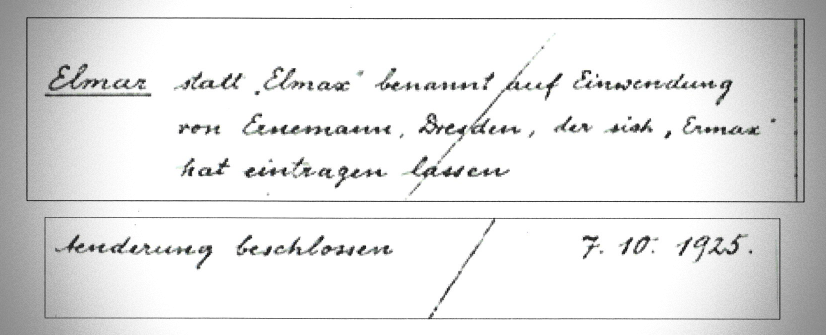
A. und H. v., Vol. 1 Einem, Fotohistorische Schriftenreihe, Heft 2, p.5
Even in the adverts the name was changed without mentioning, as these two examples of the exact same advertising theme show:
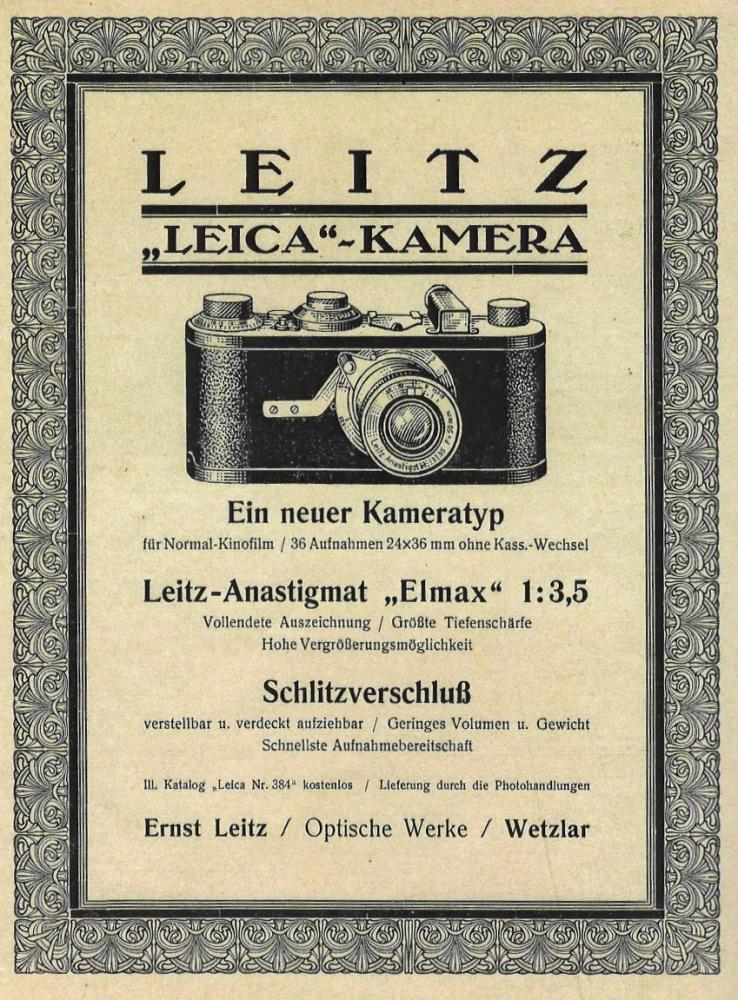
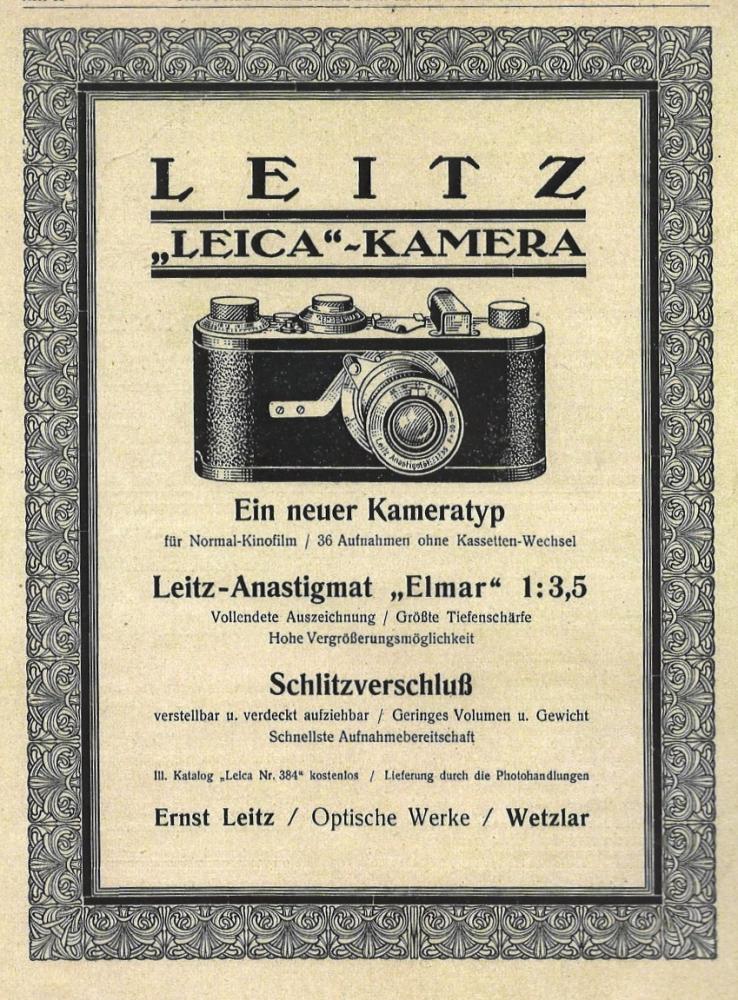
The Leica I Mod. A with the new lens name 'ELMAR' became a worldwide success and was produced in 10 variants and more than 60,000 units. Very interesting insights and details can be found in the standard work on the Leica I Mod. A by Angela and Prof. Henning v. Einem (3).
Leica I Mod. A with 'ELMAX' lenses are coveted and sought-after collector's items due to their historical significance.
(1) see A. und H. v. Einem, Vol. 1 Fotohistorische Schriftenreihe, Heft 2, p.4
(2) see 25 Jahre Leica Historica, Ulf Richter, p.49
(3) see A. und H. v. Einem, Vol. 1 Fotohistorische Schriftenreihe, Heft 2, p.7 following.
-
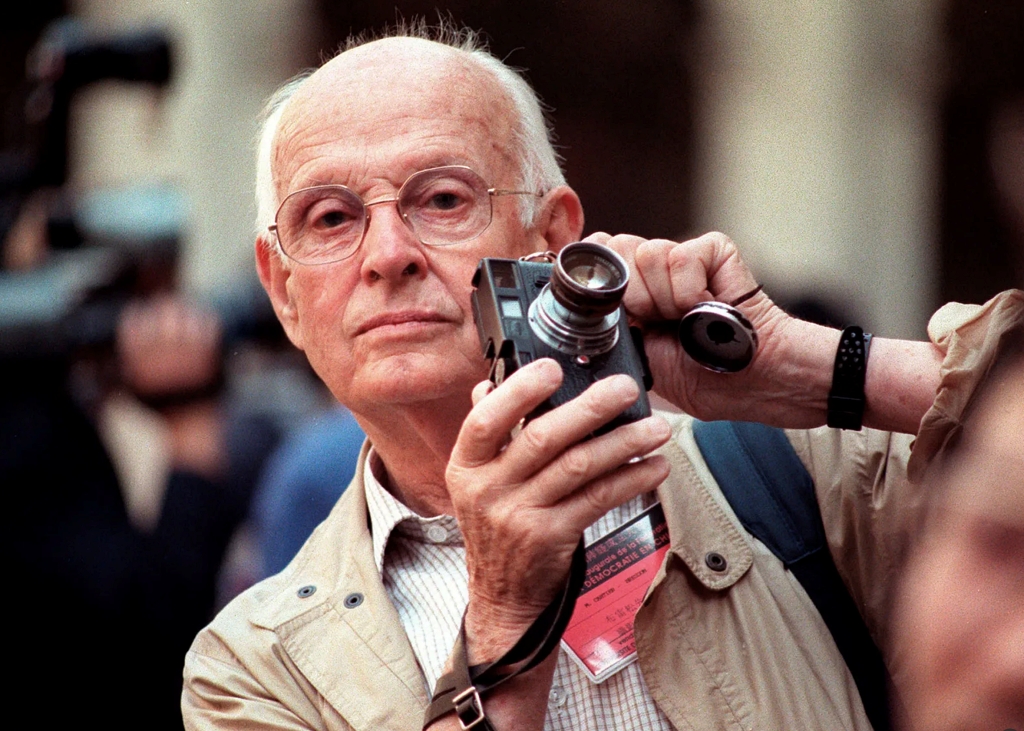 Henri Cartier-Bresson and His Cameras: A Chronological Journey
Henri Cartier-Bresson and His Cameras: A Chronological Journey
-
 Mint & Rare Podcast #5 - Henri Cartier-Bresson and his Cameras
Mint & Rare Podcast #5 - Henri Cartier-Bresson and his Cameras
-
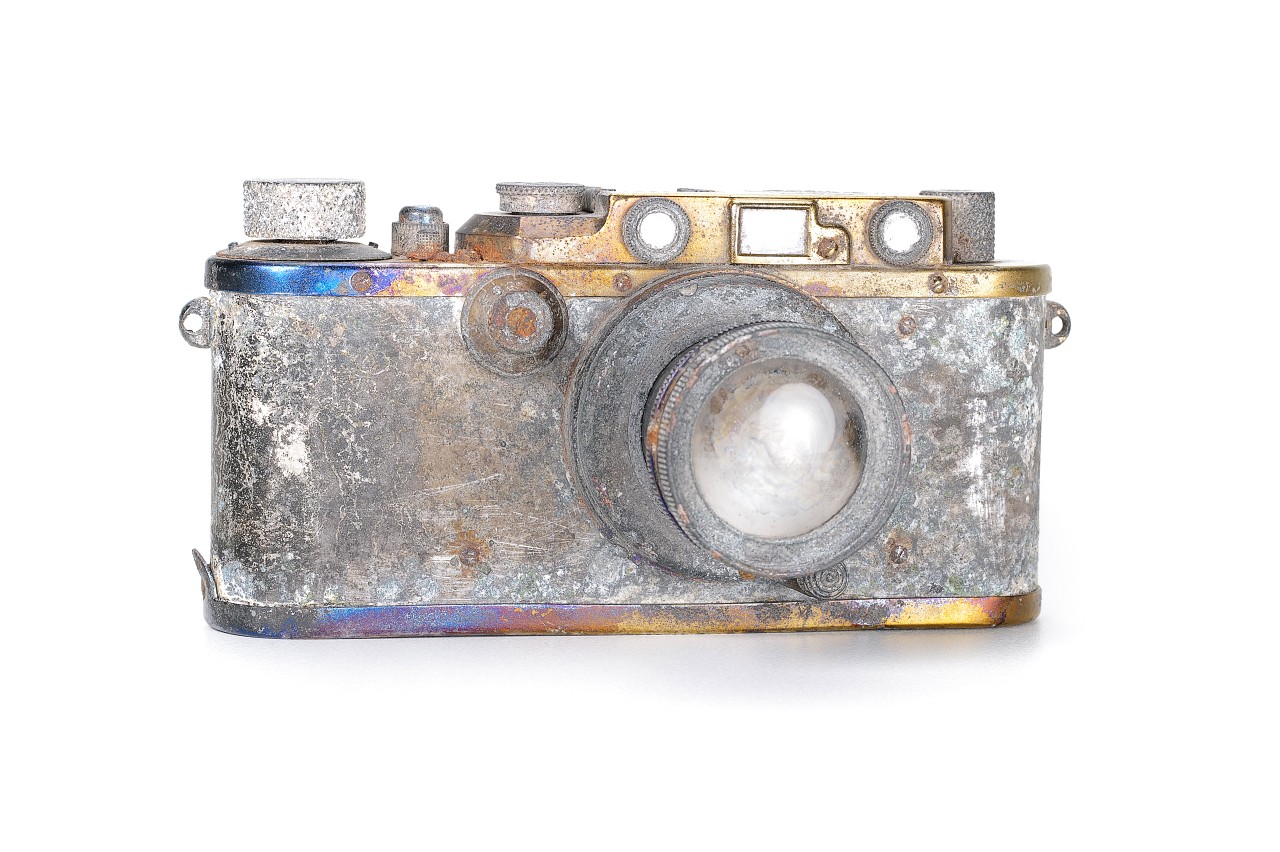 When a Broken Camera Is More Valuable Than a Working One
When a Broken Camera Is More Valuable Than a Working One
-
Where to Repair Your Vintage Camera And What to Watch Out For
-
 Meet Us at the 61st Bièvres International Photo Fair – June 7–8, 2025
Meet Us at the 61st Bièvres International Photo Fair – June 7–8, 2025
